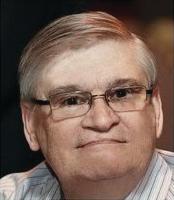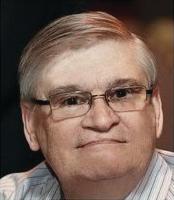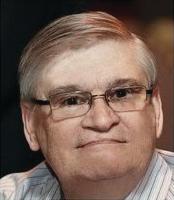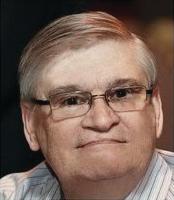My wife wandered into a clothing store and was greeted by a friendly salesperson who asked, “Can I help you?” “Not right now,” she replied. “I’m just browsing for a sundress for our cruise.”
“Just so you know”, the salesperson continued. “Shorts and tops are 30 percent off this weekend.”
Pardon? The salesperson seemed to have missed the key words “sundress” and “cruise.” We wandered around for a while, then left empty handed.
The salesperson’s response had nothing to do with what my wife said. This is not unique to retail. This scenario is played out in multiple selling situations every day. In my work as a sales coach, I’ve listened to hundreds of conversations, and most often even the most sincere salespeople are horrified at how poorly they listen.
Even though most businesspeople admit that listening is a lost art, courses on listening have never done well and that’s a shame.
Poor listening habits include the following:
• Listening for information only, missing the all-important messages embedded in our speech.
• Listening to “agree/disagree” or for what we think is “right” or “wrong.”
• Distracted listening—thinking of ourselves and what we will say next.
• Adding our own “spin” to what others say as we are “listening” to them.
• Screening out most of what is said using our own internal filters, such as our values, prejudices, personality, and core beliefs.
• Active listening—mindlessly nodding, smiling, and repeating the last words spoken by others.
• Labelling others as we listen to them.
Like all competencies, effective listening can be learned through focused practice. One such skill is the art of picturing what others are saying by turning words and phrases into pictures. We can review these pictures and repeat back the essence of what the other person said.
This is not parroting, or saying “What you are really saying is …” (highly offensive). Instead, we clearly illustrate to the other person what we heard with no judgments, interpretations, or changes in meaning.
As a well-known saying goes, “People don’t care how much you know until they know how much you care.” Most of us long to be understood by others and are often disappointed when they don’t seem to “get” us.
As you listen to others, ask yourself these questions: What’s it like to be this person? What do I like about them? What strengths are they expressing right now? This keeps you from becoming distracted with your own thoughts.
Of course, texting, watching your phone, or breaking eye-contact is an obvious clue that you are not paying attention.
Ensure that your response to others has an obvious connection to what they’ve said. In our salesperson example above, she had plenty of opportunity to respond to my wife on either her “I’m looking for a sundress” or the keyword “cruise.” By seeming to ignore both, she failed to connect with her potential customer.
Look for similar opportunities in your listening. Respond to both the content and “flavour” of what you hear.
Dale Carnegie was famous for his simple principles, but simple is not necessarily easy. He tells us:
• Become genuinely interested in other people.
• When listening to others, stop thinking about yourself.
• Talk in terms of the other person’s interest.
• Make eye contact without staring.
• Encourage others to talk about themselves.
These principles have stood the test of time and are worth revisiting on behalf of becoming an effective listener.
Dave Mather is a Performance Improvement Specialist at Dale Carnegie Business Group in Toronto.
His columns can be read at ept.ms/dave-mather
Find Dave on LinkedIn.




